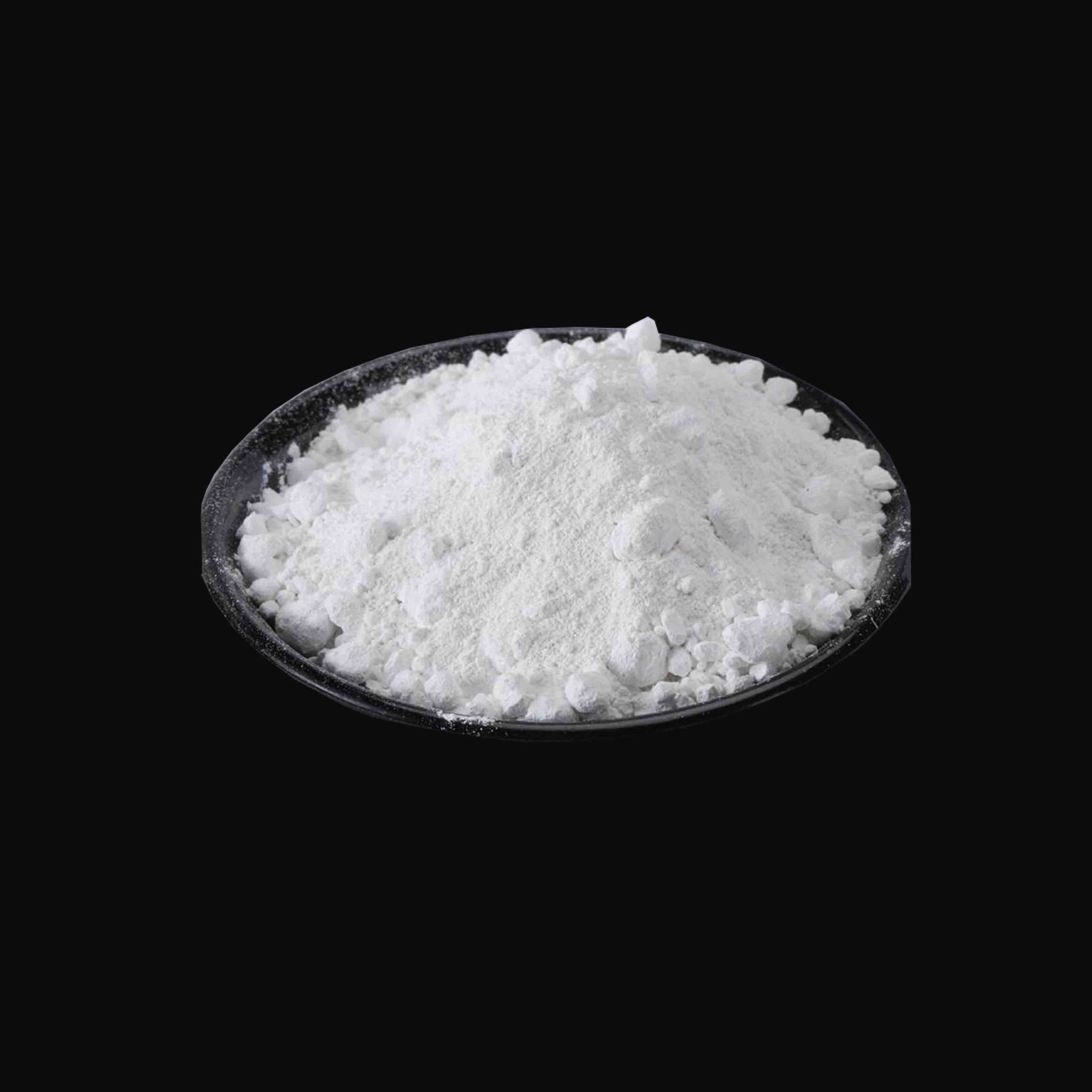
8 月 . 09, 2024 19:35 Back to list
Current Market Trends and Pricing Analysis for Titanium Dioxide Powder Production Companies
The Pricing Trends of Titanium Dioxide Powder Insights from the Factory Perspective
Titanium dioxide (TiO2) is a widely used white pigment, renowned for its brightening and opacity properties. Its applications range across various industries, including paints, coatings, plastics, paper, and cosmetics. As an essential component in manufacturing processes, understanding the pricing trends of titanium dioxide powder, especially from the factory perspective, is crucial for businesses relying on this material.
Understanding Titanium Dioxide Production
Titanium dioxide is primarily derived from two processes the sulfate process and the chloride process. The sulfate process involves treating ilmenite ore with sulfuric acid, while the chloride process is a more modern technique using titanium tetrachloride, which is derived from rutile. Each of these methods has different implications for production costs, which directly affect the pricing of titanium dioxide powder.
Factors Influencing Prices
Several factors influence the price of titanium dioxide powder at the factory level. One of the most significant components is the cost of raw materials. The prices of ilmenite and rutile fluctuate due to market demand, environmental regulations, and mining costs. Additionally, the cost of energy, particularly in the context of rising global fuel prices, directly impacts production expenses.
Another factor is the level of technological advancement in the production facilities. Factories that employ state-of-the-art technologies often achieve higher yields and better quality outputs, which can justify a higher price point for their titanium dioxide products. Conversely, older facilities may face higher waste rates and lower efficiency, which can drive prices up as these costs are passed down the supply chain.
titanium dioxide powder price factory

Market Demand and Supply Dynamics
The demand for titanium dioxide powder has shown an upward trend, particularly due to the growing construction and automotive industries. The recovery of these sectors post-pandemic has fueled a resurgence in paint and coating applications, which rely heavily on high-quality TiO2 for durability and finish. This increasing demand often leads to price hikes, particularly if supply chains are simultaneously affected by logistical challenges or production capacity limits.
Conversely, should a factory face overproduction and demand drops unexpectedly, it might resort to price reductions to clear inventory. This cyclical pattern of pricing based on demand and supply dynamics is a commonly observed phenomenon in the titanium dioxide market.
Geopolitical Influences
Geopolitical factors also play a significant role in titanium dioxide pricing. Trade policies, tariffs, and international relations can disrupt supply chains and affect the costs of export and import. For instance, if a key supplier country imposes tariffs on TiO2 exports, it can lead to a cascading effect, raising prices globally. Manufacturers need to stay informed about these trends to make strategic purchasing and pricing decisions.
Conclusion
In conclusion, the pricing of titanium dioxide powder at the factory level is influenced by a confluence of factors including raw material costs, production technologies, market dynamics, and geopolitical considerations. For businesses relying on titanium dioxide, staying acutely aware of these evolving trends is essential for maintaining competitiveness and ensuring efficient operations. Understanding the nuances behind the pricing mechanisms not only aids in better negotiation with suppliers but also helps in strategic planning for future supply needs. As the market continues to evolve, adaptability and foresight will remain pivotal for companies engaged in the titanium dioxide supply chain.
-
Lithopone for Plastic & TiO2 R-5568/SK-6658 Masterbatch Solutions
NewsMay.30,2025
-
China Leading Rutile TiO2 Manufacturer - R5566 & R996 Grades Available
NewsMay.30,2025
-
High-Purity Anatase & Rutile TiO2 Powder Trusted Manufacturer
NewsMay.30,2025
-
High-Purity Anatase Products Trusted Supplier & Manufacturer
NewsMay.29,2025
-
Best Price Eco-Friendly Rutile TiO2 Supplier & Wholesale Factory
NewsMay.29,2025
-
Chinese Anatase Titanium Dioxide for Ceramic Glaze Reliable Supplier
NewsMay.29,2025
